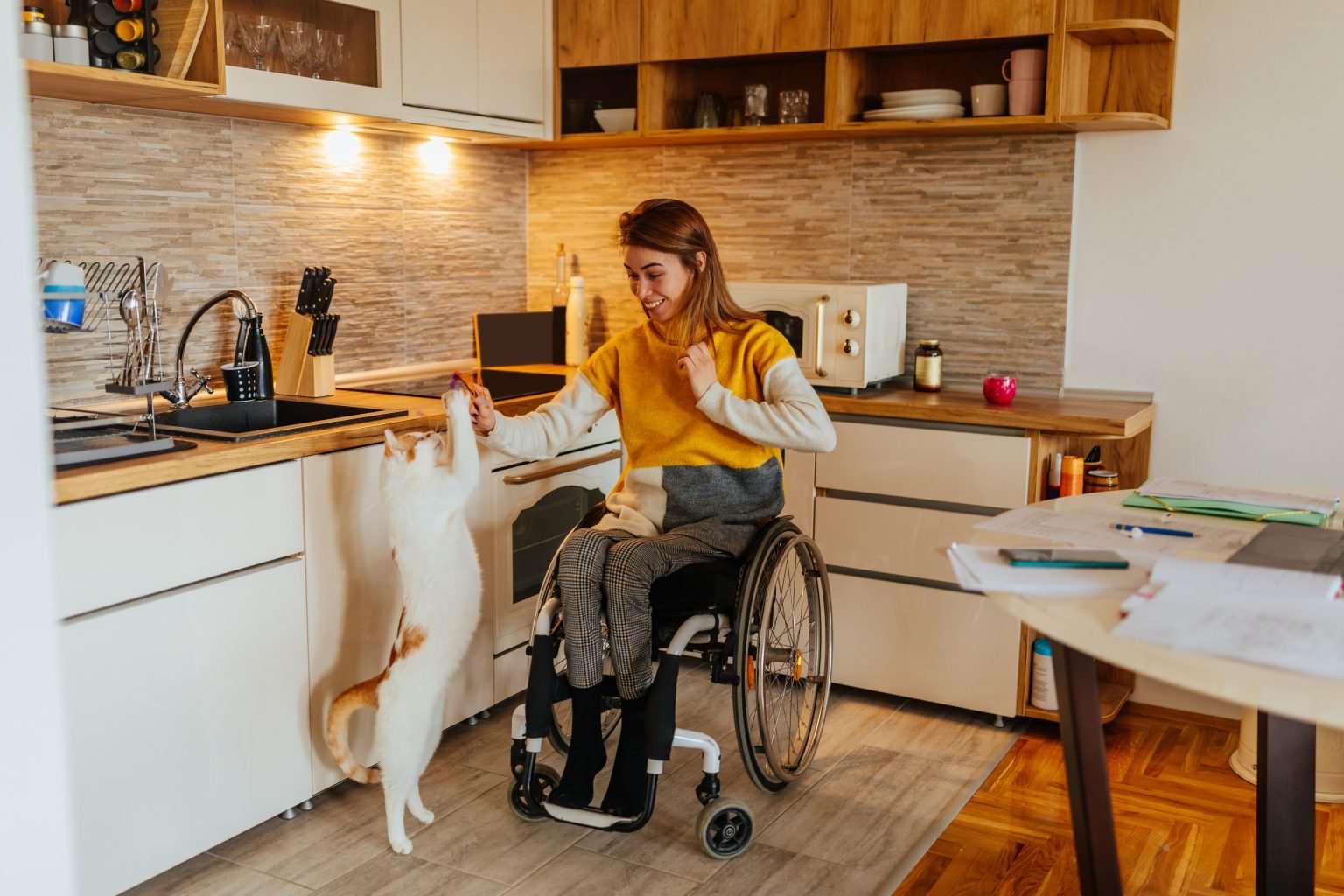Introduction
For many individuals with disabilities, finding a safe, supportive, and well-equipped living space can be a life-changing step. Group homes for disabled individuals are designed to offer this balance — providing independence alongside the necessary care and assistance. These homes are more than just accommodation; they are communities where residents can thrive, build relationships, and access tailored support services.
With the right environment, residents can enjoy a higher quality of life, improved social connections, and the confidence to participate in everyday activities. Let’s explore how these group homes operate, their benefits, and what to consider when choosing one.
Understanding Group Homes for Disabled Individuals
Group homes for disabled individuals are residential facilities where people with disabilities live together in a shared setting. These homes are staffed with trained carers who provide daily support, help with personal care, assist with medical needs, and encourage skill development.
Unlike traditional care facilities, group homes focus on creating a homely atmosphere. Residents typically have private or semi-private rooms, shared living spaces, and communal dining areas. The aim is to make the environment as comfortable and inclusive as possible while ensuring every resident receives the care they need.
The Purpose and Benefits
The primary purpose of group homes for disabled individuals is to provide a safe and inclusive living arrangement that promotes independence while ensuring residents have access to essential services.
Key benefits include:
- Personalised Care: Support tailored to each individual’s needs, from daily activities to medical assistance.
- Social Inclusion: Opportunities to interact with peers, build friendships, and join group activities.
- Skill Development: Encouragement to learn life skills, such as cooking, cleaning, and managing personal finances.
- Safety and Accessibility: Homes designed with ramps, wide doorways, accessible bathrooms, and other disability-friendly features.
Support Services Offered
Most group homes for disabled individuals offer a range of support services. These can include:
- Assistance with bathing, dressing, and personal hygiene.
- Meal preparation and nutrition planning.
- Medication management and health monitoring.
- Transportation for appointments, shopping, and community events.
- Recreational and social activities tailored to residents’ interests.
The goal is to help residents live as independently as possible while ensuring their physical, emotional, and social needs are met.
Creating a Home-Like Environment
One of the key differences between group homes for disabled individuals and other care settings is the emphasis on creating a home-like environment. These residences are often located in suburban areas, surrounded by local shops, parks, and community centres.
Decor is usually warm and inviting rather than clinical. Residents are encouraged to personalise their rooms with photos, artwork, and personal belongings. Communal areas often have comfortable seating, shared dining tables, and spaces for hobbies or group gatherings.
This approach helps residents feel more settled and connected to their surroundings, reducing feelings of isolation or institutionalisation.
Promoting Independence and Confidence
Independence is a core principle in group homes for disabled individuals. While support is always available, staff encourage residents to take part in their daily routines and make decisions about their lives.
For example, residents may choose their own meals, manage personal schedules, or participate in household chores. This sense of responsibility fosters self-esteem and prepares them for a more independent lifestyle if they choose to transition to other forms of housing in the future.
Types of Disabilities Supported
Group homes for disabled individuals can cater to a wide range of needs. This may include:
- Physical disabilities such as mobility impairments.
- Intellectual disabilities and developmental delays.
- Neurological conditions like cerebral palsy or multiple sclerosis.
- Mental health conditions requiring ongoing support.
Some homes specialise in certain disabilities, while others are equipped to provide care for a mix of needs. The choice depends on the level of care required and the resident’s preferences.
Funding and Accessibility
Access to group homes for disabled individuals can be funded through various sources. In Australia, for example, the National Disability Insurance Scheme (NDIS) plays a major role in covering costs for eligible participants. This funding can help pay for accommodation, support services, and modifications needed to make the home more accessible.
Private funding or state-based programs may also be available. It’s important to explore all options to ensure the home is financially sustainable for the long term.
Choosing the Right Group Home
Finding the right group homes for disabled individuals involves careful consideration. Key factors include:
- Location and proximity to family, friends, and community services.
- Staff-to-resident ratio to ensure personalised care.
- Range of services and activities offered.
- Accessibility features and safety measures.
- Reviews and feedback from current or past residents and their families.
Visiting the home before making a decision can provide valuable insight into its atmosphere, cleanliness, and staff professionalism.
Community Engagement and Activities
Social engagement plays a big role in the success of group homes for disabled individuals. Many homes organise outings, workshops, and events to keep residents active and involved.
Activities can include gardening, art classes, movie nights, and volunteering opportunities. These experiences not only improve mental well-being but also build a sense of purpose and belonging.
The Role of Specialist Disability Accommodation (SDA)
In some cases, residents may require more complex support or housing with specialised modifications. This is where Specialist Disability Accommodation (SDA) comes in. SDA homes are designed for people with extreme functional impairment or very high support needs.
These residences combine the comfort of group homes for disabled individuals with advanced accessibility features — such as automated doors, ceiling hoists, and sensory rooms. The goal is to ensure residents have both the physical environment and the professional support necessary for a fulfilling life.
Staff Training and Professional Care
The quality of care in group homes for disabled individuals depends heavily on staff training. Caregivers undergo specialised training in disability support, first aid, and communication techniques.
They also receive ongoing education to stay updated on best practices in healthcare, assistive technology, and person-centred care. This commitment ensures that residents receive compassionate, competent, and consistent support.
Family Involvement
Families often play a key role in the success of a resident’s transition into group homes for disabled individuals. Many homes encourage regular visits, family meetings, and involvement in care planning.
Maintaining strong family connections can enhance emotional well-being and ensure that the resident’s personal preferences are always respected.
Challenges and Solutions
While group homes for disabled individuals provide many benefits, challenges can arise. These may include limited availability, long waiting lists, or mismatched personalities among residents.
To address these, it’s essential for providers to maintain open communication, conduct thorough resident matching, and continuously improve their services based on feedback.
Conclusion
Group homes for disabled individuals are more than just a place to live — they are safe, supportive environments that promote independence, dignity, and social inclusion. By combining personalised care with community engagement, these homes empower residents to live fulfilling lives.
Whether funded through government programs or private means, the right group home can make a lasting difference in the quality of life for individuals with disabilities. Families, caregivers, and service providers must work together to ensure every resident finds a home where they feel valued, supported, and truly at home.for blog visit our site techners.
















Leave a Reply